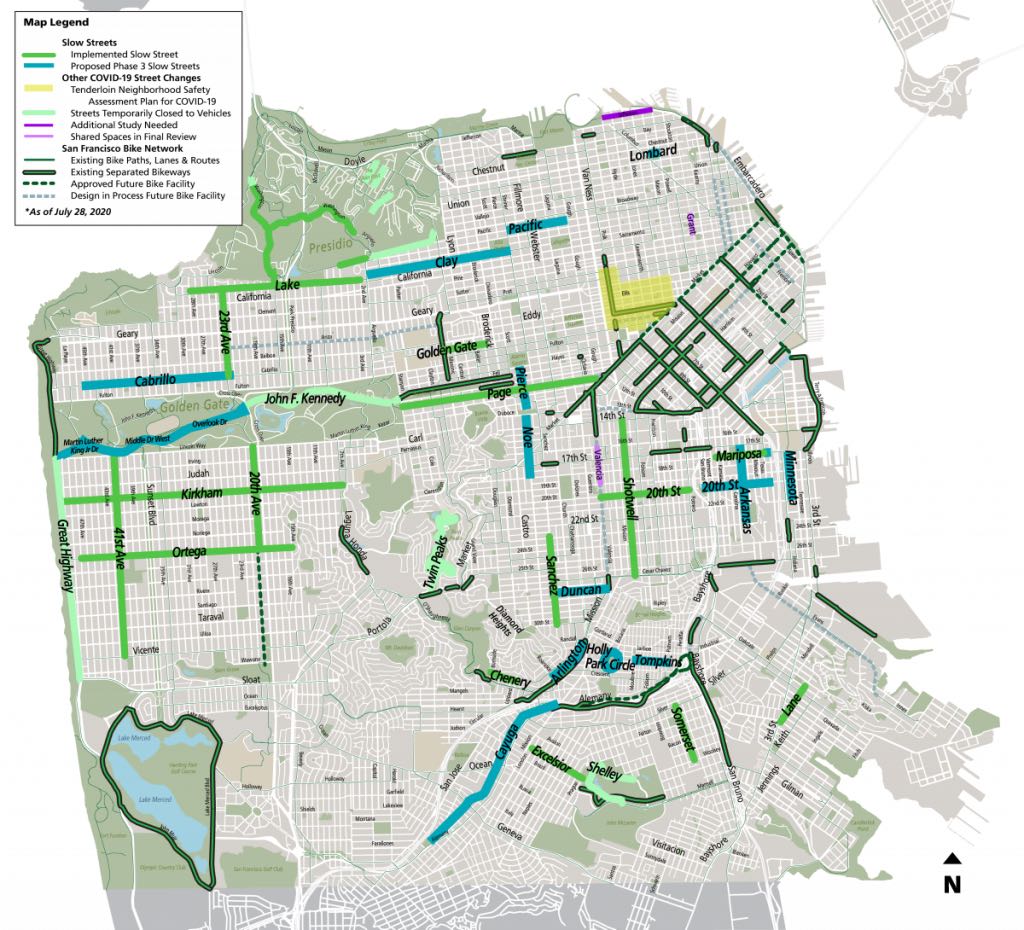|
Listen to this article  |
A report by KPIX said residents in the Richmond District of San Francisco have recently seen a steady stream of Waymo self-driving cars making u-turns on the dead-end street of 15th Avenue. One resident said the cars come at all hours of the day. The KPIX report even caught two Waymo vehicles attempting to turn around at the same time. You can watch the KPIX report above.
“There are some days where it can be up to 50,” said neighborhood resident Jennifer King. “It’s literally every five minutes. And we’re all working from home, so this is what we hear.”
So why are Waymo’s self-driving cars making u-turn after u-turn on a dead-end street in San Francisco? According to Waymo, it has nothing to do with its autonomous driving technology being confused, a mapping issue, or a maneuver it’s trying to perfect.
Waymo sent a statement to The Robot Report about the issue. Waymo said this is a result of the San Francisco Slow Streets program that was introduced around the start of the COVID-19 pandemic.
San Francisco Mayor London Breed announced the program in April 2020 to limit through traffic on certain residential streets and allow them to be used as a shared space for people traveling by foot and by bicycle. Initially, Slow Streets were introduced on 4.5 miles of San Francisco streets. However, that was quickly increased to about 20 miles by mid-May and now about 45 miles a year later. The program could become permanent.
One area in which these Waymo vehicles are operating falls under this Slow Streets program. All vehicles, either human-driven or autonomous, traveling northbound on 15th Ave have to make a u-turn at some point. There’s no other way to exit that block. There are barriers that prohibit through traffic on Lake St East and west of 15th Ave, and signage/barriers that prohibit northbound through traffic on 15th Ave.
Here’s the statement from Waymo: “We continually adjust to dynamic San Francisco road rules. In this case, cars traveling north of California on 15th Ave have to take a u-turn due to the presence of Slow Streets signage on Lake. So, the Waymo Driver was obeying the same road rules that any car is required to follow.”

Map of San Francisco’s Slow Streets
We followed up with Waymo about what it’s specifically doing in the area with its vehicles, but have yet to hear back. We’ll update this story if we hear back.
Like all autonomous vehicles, of course, Waymo’s cars still get confused by certain edge cases. One of the more notable cases took place in May when one of Waymo’s cars in Arizona was repeatedly confused by traffic cones. The car then evaded human assistance multiple times.
Along with competitor Cruise, Waymo recently received a permit to offer robotaxi rides to public passengers in California. Waymo’s permit allows it to operate its autonomous vehicles in certain parts of San Francisco and San Mateo counties. However, the vehicles must have human safety drivers behind the wheel. Waymo’s vehicles are approved to operate on public roads with a speed limit of no more than 65 MPH and can also operate in rain and light fog. The DMV didn’t specify a timeframe in which Waymo’s vehicles could operate.
Waymo started public testing in San Francisco in August 2021 with human safety drivers behind the wheel. Waymo has been operating a Level 4 public robotaxi service in parts of Arizona since October 2020.
Credit: Source link


Comments are closed.